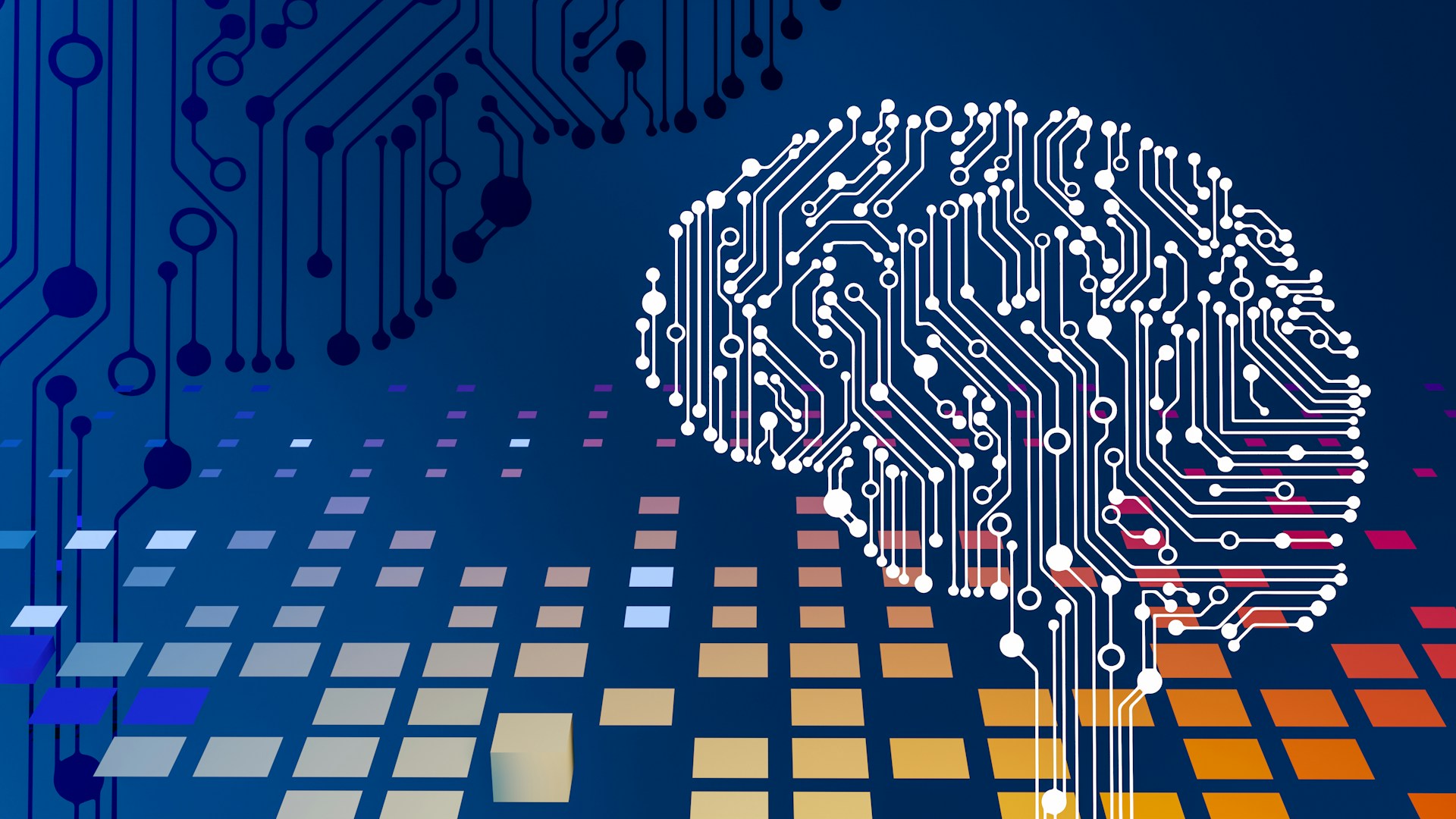Microservices Architecture Best Practices
Build scalable, maintainable microservices with proven architecture patterns and implementation strategies.
Read More →Transform your development process with AI integration. Learn how to implement artificial intelligence, machine learning, and automation tools to build smarter, more efficient applications.

prmInfotech Team
AI Development Experts
Artificial Intelligence is revolutionizing software development, offering unprecedented opportunities to create intelligent, adaptive, and efficient applications. From automated code generation to intelligent testing, AI is transforming how we build software.
Modern ML frameworks provide the foundation for building intelligent applications. Choose the right framework based on your project requirements and team expertise.
Specialized tools can accelerate AI development and improve code quality. These tools handle everything from data preprocessing to model deployment.
Cloud platforms offer pre-built AI services that can be integrated quickly without extensive ML expertise, reducing time-to-market.
Begin with straightforward AI implementations that provide immediate value. This approach builds confidence and demonstrates ROI before tackling complex projects.
Successful AI integration requires a strong data foundation. Implement proper data collection, storage, and processing pipelines from the start.
Implement comprehensive logging and monitoring systems
Clean, transform, and prepare data for ML models
Train and validate models with quality datasets
Implement proper version control for AI models to track changes, compare performance, and enable rollbacks when needed.
AI systems require specialized testing approaches to ensure reliability and performance across different scenarios and edge cases.
Ensure your AI systems are fair, transparent, and aligned with ethical principles to build trust and avoid negative consequences.
Poor data quality is one of the biggest challenges in AI implementation. Address data issues early to ensure model success.
AI models can be computationally expensive and difficult to scale. Plan for performance optimization from the beginning.
Model compression and quantization techniques
Implement intelligent caching strategies
Horizontal scaling with load balancers
LLMs are transforming how developers interact with code, documentation, and development workflows.
Running AI models on edge devices enables real-time processing and reduces latency for critical applications.
On-device ML for privacy and speed
Embedded AI for smart devices
Low-latency inference at the edge
AI integration in software development is no longer optional—it's essential for staying competitive in 2025. By understanding the technologies, implementing best practices, and addressing challenges proactively, development teams can harness AI's power to create more intelligent, efficient, and innovative applications.
Start your AI integration journey today by identifying opportunities in your current projects, experimenting with AI tools, and gradually building expertise in this transformative field. The future of software development is intelligent, adaptive, and AI-powered.
Let our AI development experts help you implement intelligent solutions that transform your software development workflow.
Build scalable, maintainable microservices with proven architecture patterns and implementation strategies.
Read More →Learn how to build scalable web applications that can handle growth with modern architecture patterns.
Read More →Protect your small business from cyber threats with comprehensive security measures and best practices.
Read More →